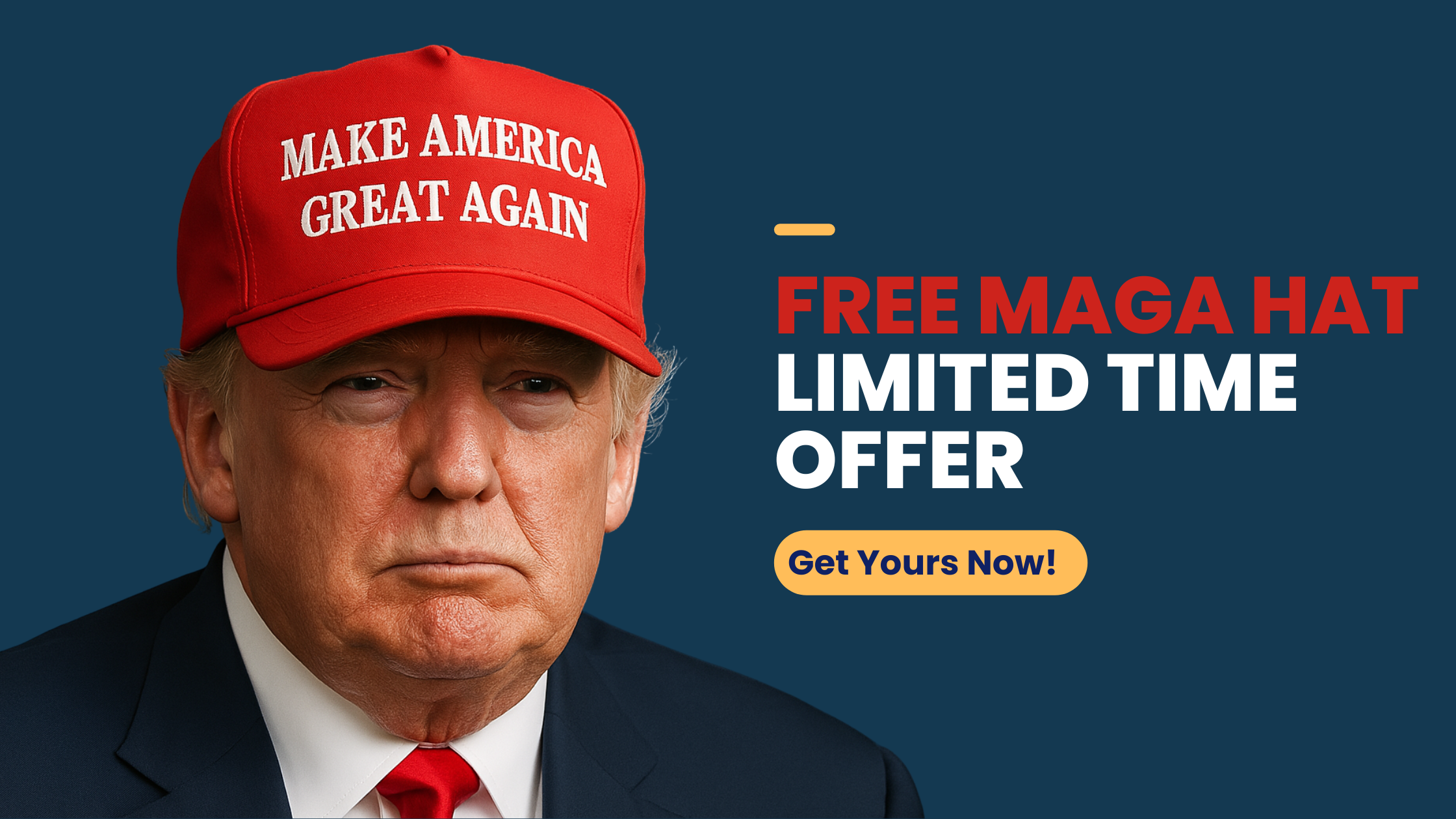JD Vance Recalls Chilling Text His Wife Sent Him At Dinner With CEOs
Vice President JD Vance recently shared a peculiar interaction he had with a tech mogul during a speech at the American Dynamism Summit, revealing concerns about the future of work in an age of artificial intelligence.
Vance recounted hosting a dinner in 2017 alongside his wife, Usha Vance, which was attended by several high-profile Silicon Valley executives. The conversation turned to the impact of AI on the labor market, sparking a moment that clearly stayed with him.
According to Vance, one billionaire tech CEO downplayed the dangers of AI replacing human jobs, asserting that “digital fully immersive gaming” could offer people a new kind of fulfillment, the Daily Mail noted.

“You would know his name if I mentioned it, he was the CEO of a multibillion-dollar company,” Vance said, deliberately keeping the individual’s name private.
“My wife texted me under the table and said, ‘We have to get the hell out of here, these people are f-ing crazy,’” he added, eliciting laughter from the crowd.
Vance also used his appearance at the summit to vigorously defend former President Donald Trump’s economic strategies, particularly around trade and manufacturing.
During his remarks, he strongly criticized the ideology behind globalism, which he argued had gutted American manufacturing for decades.
“But first, President Trump is starting with and is dead serious about rearranging our trade and tariff regime internationally. It must happen,” Vance said. “We believe that tariffs are a necessary tool to protect our jobs and our industries from other countries, as well as the labor value of our workers in a globalized market. In fact, combined with the right technology, they allow us to bring jobs back to the United States of America and create the jobs of the future.”
He highlighted the automotive industry as a prime example of these policies in action.
“Just look in the past few months at the auto industry as an important example,” he continued. “When you erect a tariff wall around a critical industry like auto manufacturing, and you combine that with advanced robotics and lower energy costs and other tools that increase the productivity of you as labor, you give American workers a multiplying effect. Now that, in turn, allows firms to make things here at a price-competitive basis.”
Vance pointed to recent job growth as proof of these policies working, saying, “Our president gets that, which is why last month we posted 9,000 new auto jobs after many many years of stagnation or even decline in the auto sector. It’s why, just weeks in, we already have new plant or production announcements from Honda, from Hyundai and Stellantis worth billions of dollars and thousands of additional jobs on top of the ones that were already created.”
He also made a plea for unity between different ideological camps, saying, “I’d ask my friends both on the tech optimist side and on the populist side not to see the failure of the logic of globalization as a failure of innovation. Indeed, I’d say that globalization’s hunger for cheap labor is a problem precisely because it’s been bad for innovation. Both our working people, our populists, and our innovators gathered here today have the same enemy, and the solution, I believe, is American innovation, because in the long run it’s technology that increases the value of labor.”
Vance closed by underscoring how technological innovation has historically been the engine of American industry.
“Innovations like the American system and the interchangeable parts revolution it sparked or Ford’s moving assembly line that skyrocketed the productivity of our workers — that’s how American industry became the envy of the world,” he said. “And that’s what I really want to talk about today, why innovation is key to winning the worldwide manufacturing competition, to giving our workers a fair deal and to reclaiming our heritage via America’s great industrial come back, and I believe that’s what we’re on the cusp of, a great American industrial come back.”
Former President Trump has framed the tariff strategy as a way to correct trade imbalances, bring jobs back home, and combat the influx of illegal drugs crossing U.S. borders.